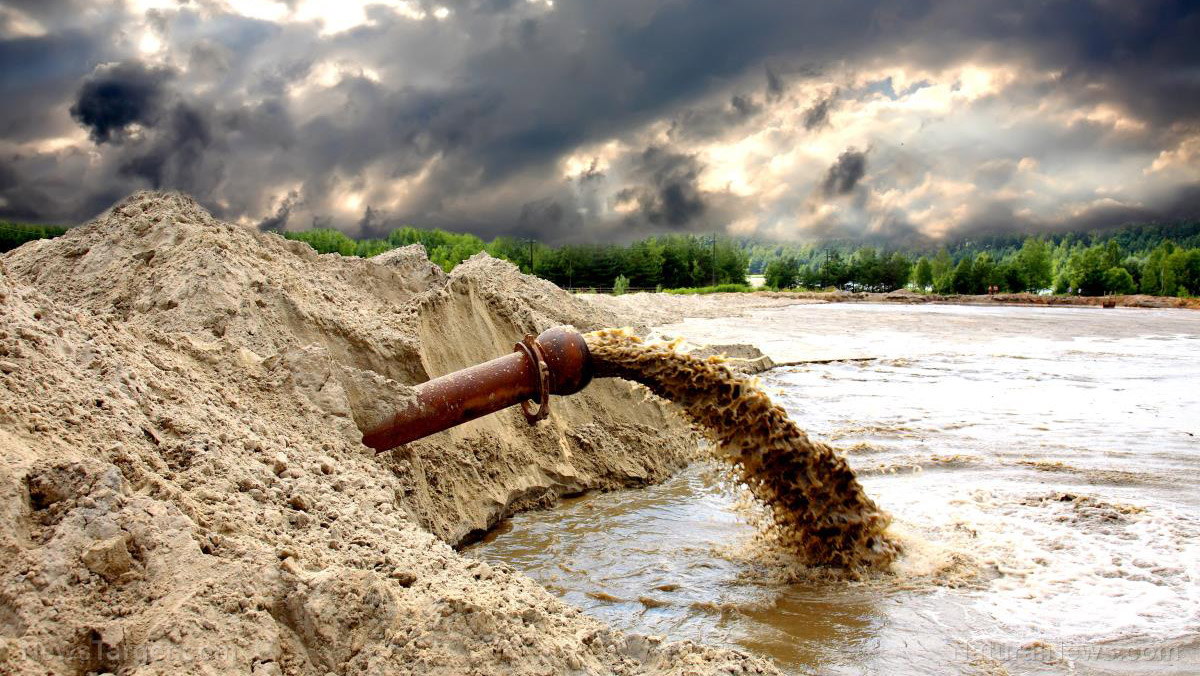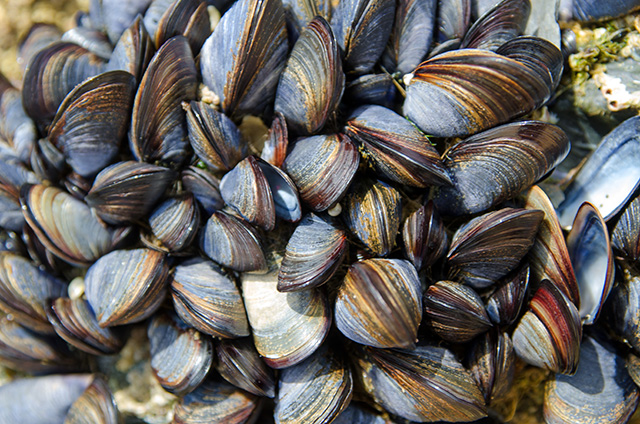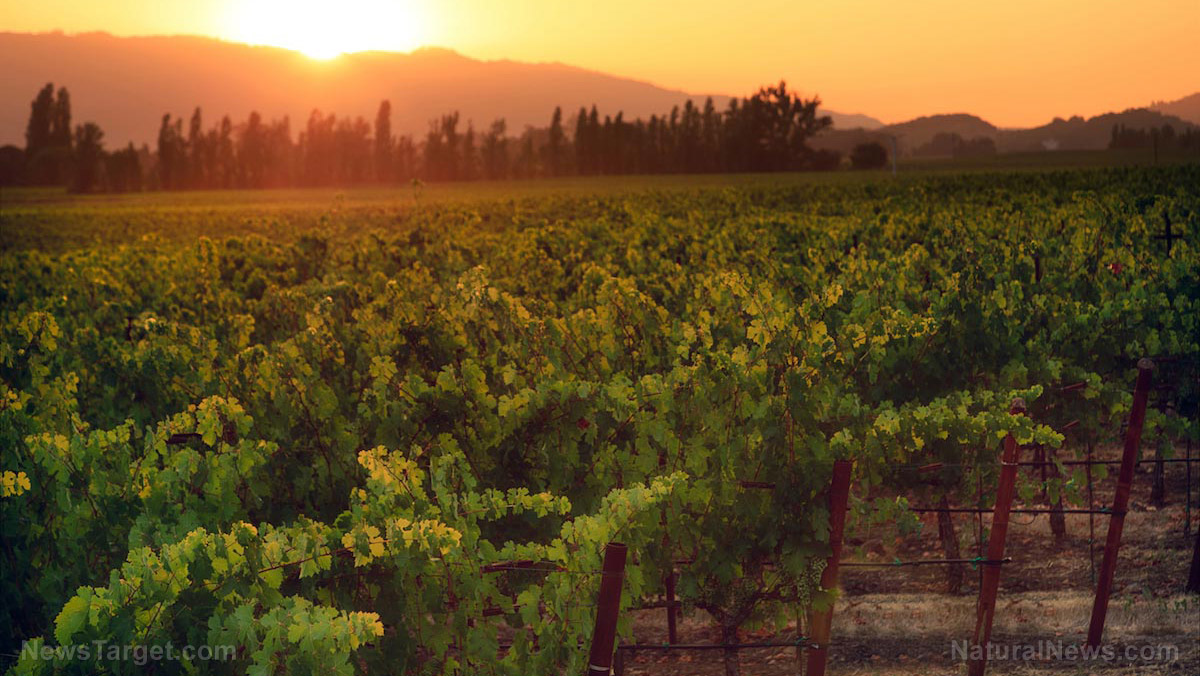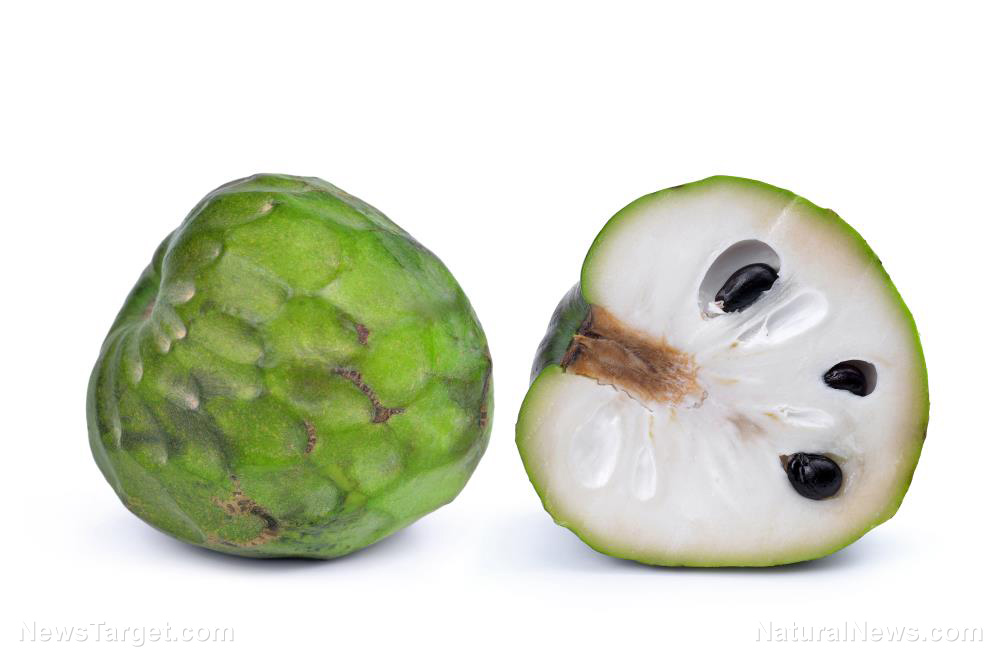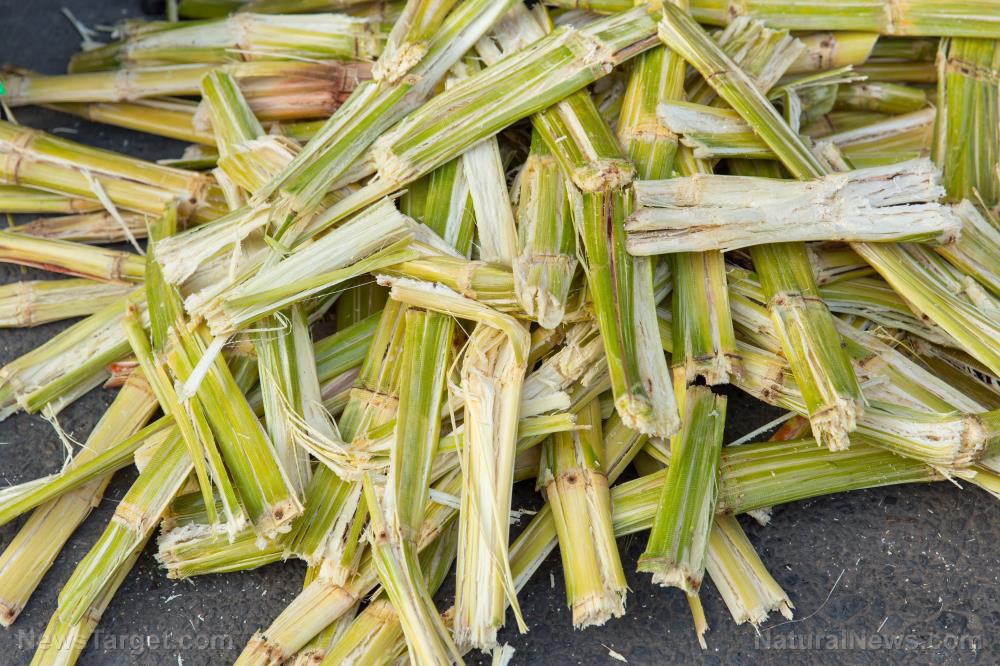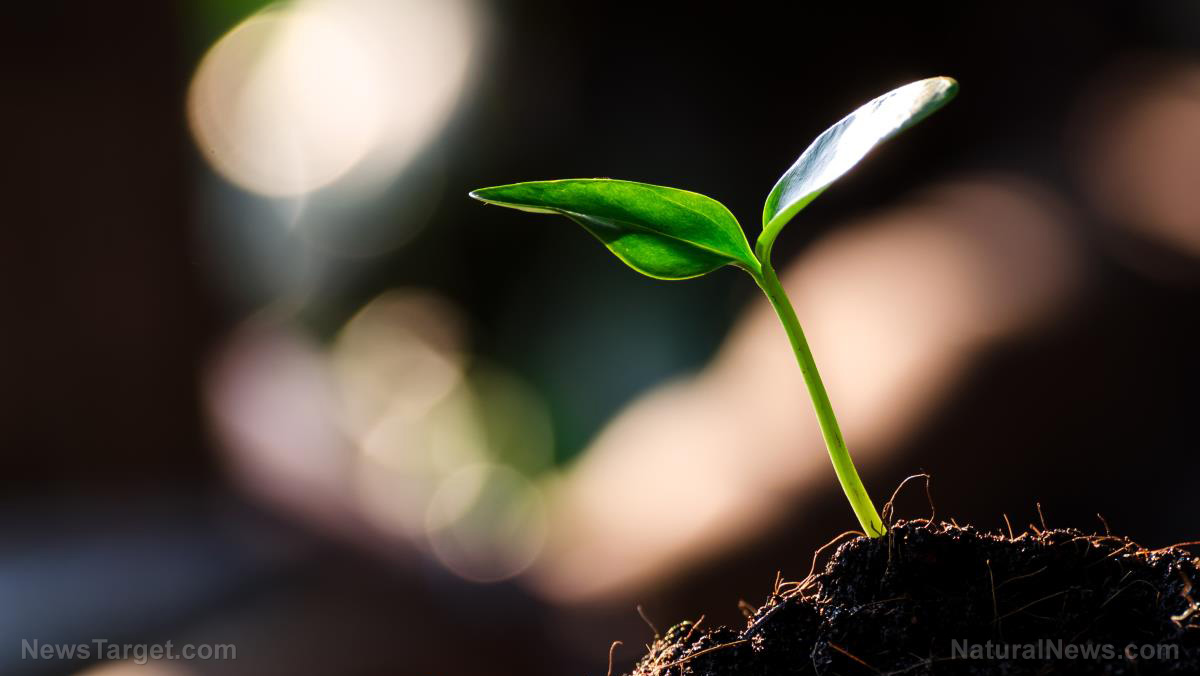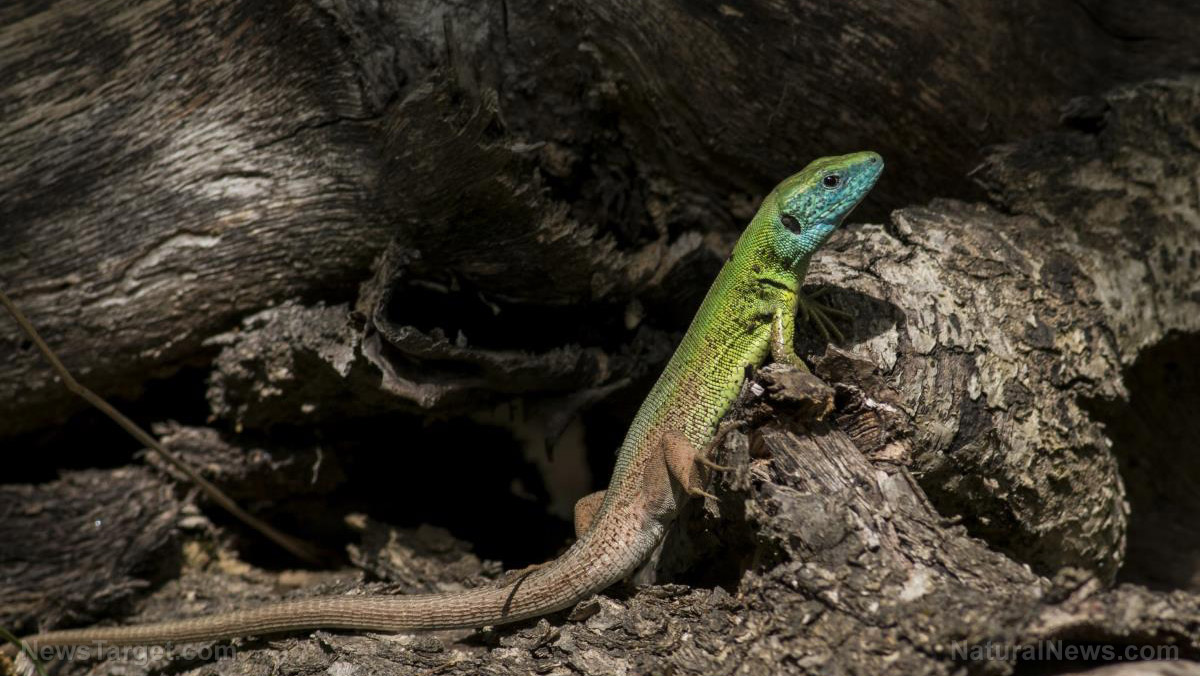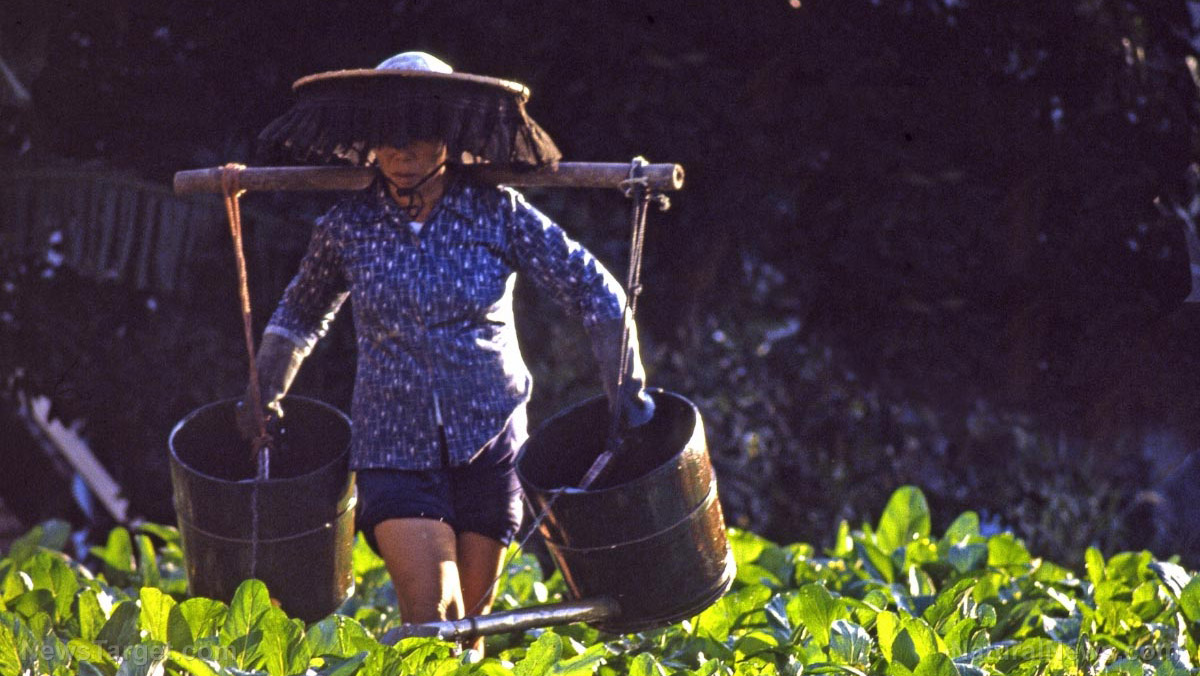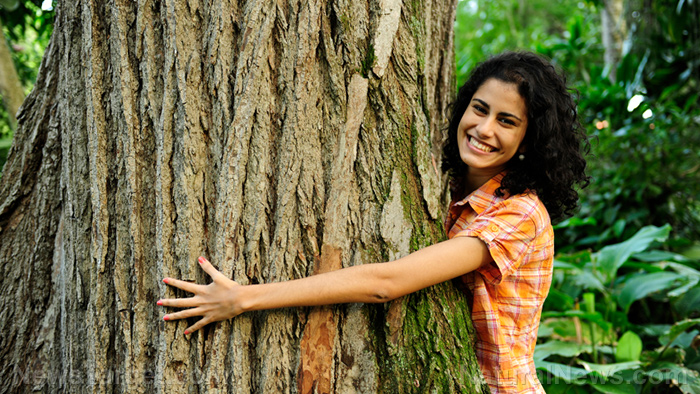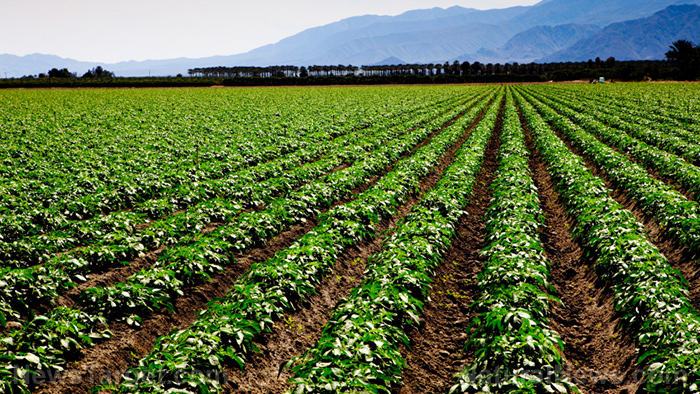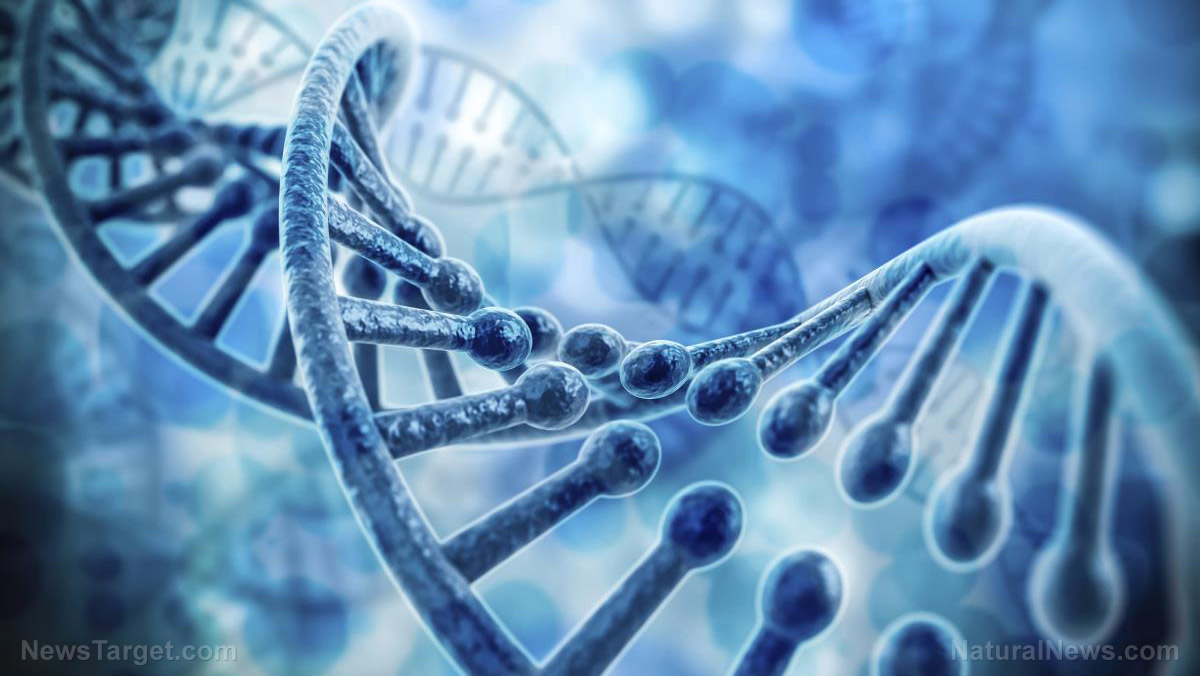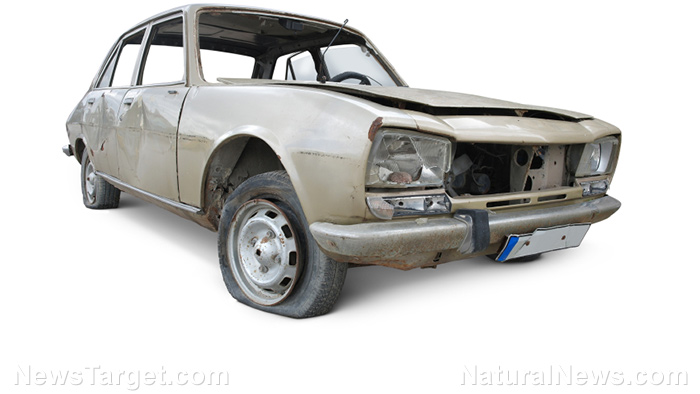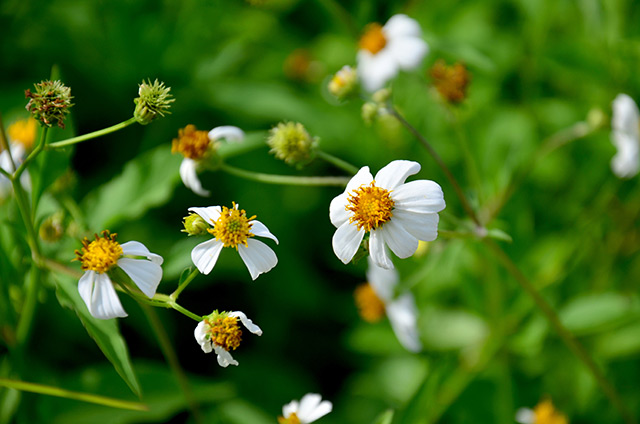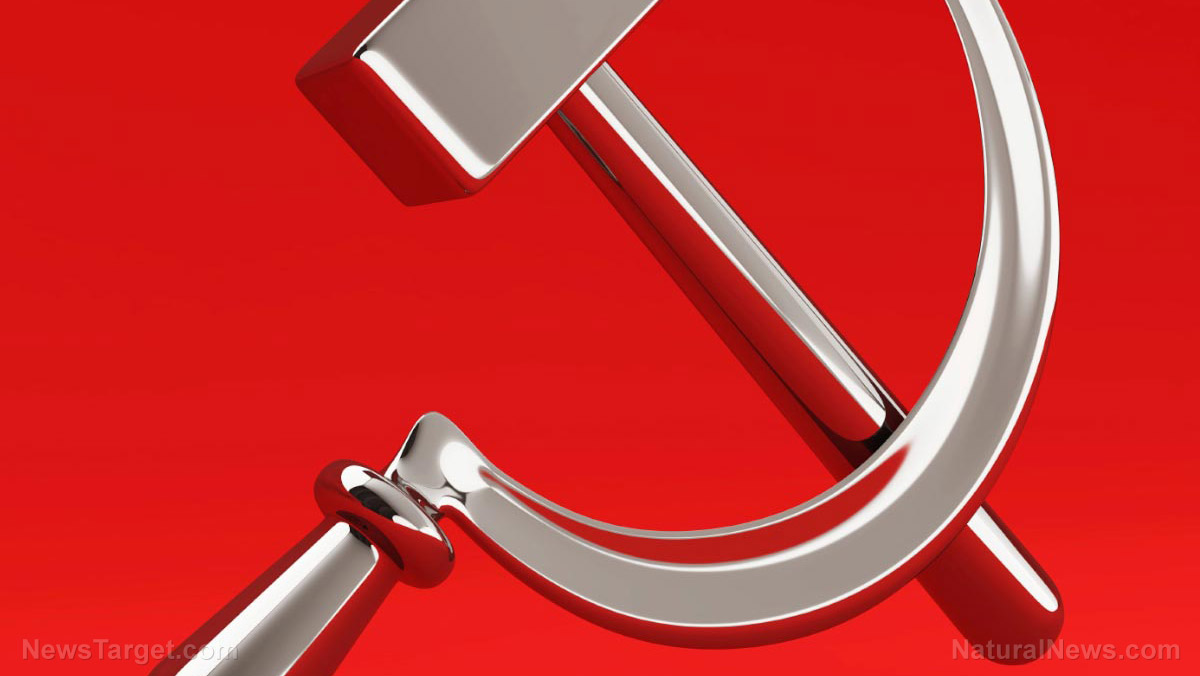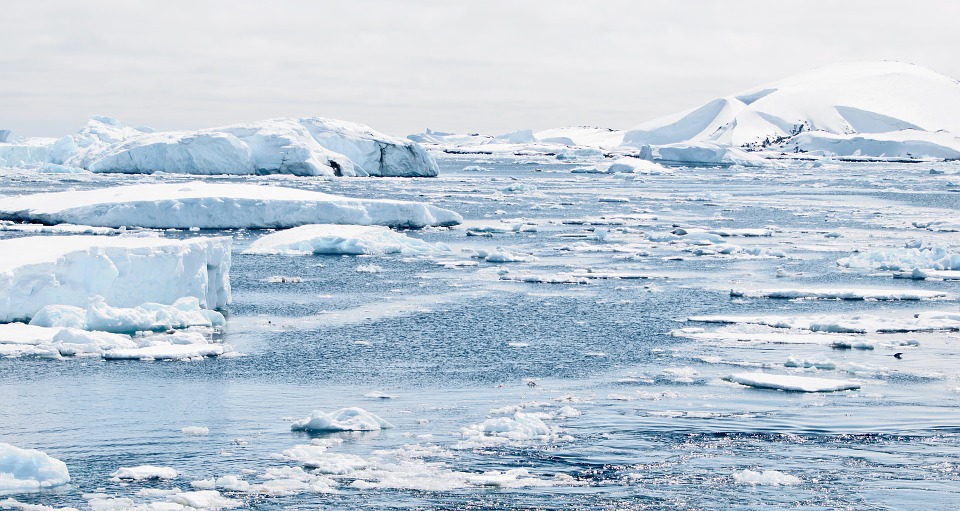The environmental impact of dying: Current burial practices have a huge carbon footprint – are eco-friendly solutions on the horizon?
10/16/2018 / By Michelle Simmons
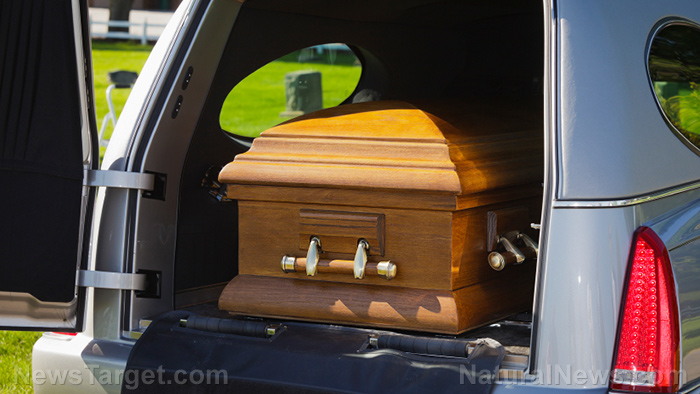
Have you ever thought of how you want to be buried when you die? If you want to save money and save the Earth at the same time, consider having a natural burial.
Today’s traditional burial practices are harming the environment with the chemicals and materials used in the process. The funeral industry in the U.S. has been favoring caskets made of large metal or wood since decades ago. Lately, these types of caskets have also become popular because of the status they bring, setting aside practicality and environmental concerns.
Another thing to worry about regarding the current state of burial practices around the world is the fact that there are some people who have died with toxic chemicals in their bodies. If they will be buried with these chemicals still inside their carcasses, such chemicals can seep into the ground and harm the environment.
Cynthia Beal, owner of a natural burial company, on commenting on state of burial traditions in the country and in the world, said: “We have these boxes of toxic waste that have been buried underground for years.” Beal is one of those people who aim to change the way people are buried to prevent global warming, and has focused on the patterns of a funeral industry that she believed is detrimental for the environment.
In 2003, Beal established the Natural Burial Company. During the company’s first couple of years in the funeral industry, Beal looked all over the world for manufacturers of eco-friendly pods, which are a kind of sarcophagus made of recycled paper products and caskets. When she finally found these eco-friendly pods in the United Kingdom, she brought the first commercial biodegradable coffins to Oregon and displayed them in a downtown Portland gallery. This was her attempt to remove the creepy stigma on the casket selection process.
Even though there are people who are interested in natural burials, Beal found that the business is slow moving, partially because “people make end-of-life decisions in advance.” Despite this, she is trying to get more cemeteries educated on natural burials, and expand her casket and urn offerings with U.S.-based artists.
Why choose natural burial?
Natural burial or green burial is an environment-friendly way of burying a dead body. In this type of burial, the body is neither cremated nor prepared with chemicals, such as embalming fluids, but is placed in a biodegradable coffin, instead of metal caskets or concrete burial vaults. The aim of this type of burial is to let the body completely decompose and naturally return to the soil. (Related: Now You Can Even Die Green: Biodegradable Eco-Coffins Introduced in U.S.)
Here are the reasons why some people prefer the natural burial process:
- It is simple – Wrapping the body in a shroud or putting it in a plain coffin is simple, natural, and unpretentious.
- It is cheaper – This burial arrangement is cheaper compared with the conventional burial practices of today because it does not involve the use of chemicals, fancy caskets, or concrete vaults. An average casket costs around $2,000, while it can cost as much as $10,000 for mahogany, bronze, or copper caskets.
- It helps conserve natural resources – With this burial, lesser resources are used. In the U.S., cemeteries bury more than 30 million board feet of hardwood; 90,000 tons of steel in caskets; 17,000 tons of steel and copper in vaults; and 1.6 million tons of reinforced concrete in vaults every year.
- It does not use hazardous chemicals – Natural burial does not involve the embalming process. When a body is embalmed, the embalming fluid contains formaldehyde, which is a cancer-causing agent and a respiratory irritant.
- It helps preserve natural areas – One of the most common reasons why some choose green burial is because of their love of nature and a desire of eternal rest in a forest. A green cemetery restores or preserves a natural landscape with native trees, shrubs, and wildflowers, which in turn gives food and refuge to birds and wildlife.
Read more stories about environmental harms at WeatherTerrorism.com.
Sources include:
Tagged Under: burial practices, carbon footprint, discoveries, eco-friendly, eco-friendly burial, environment, environment-friendly, environmental harm, funerals, natural burial

